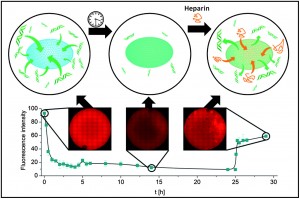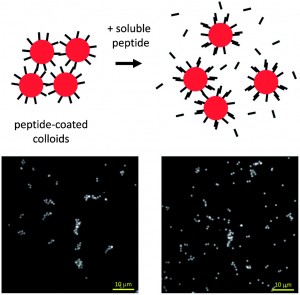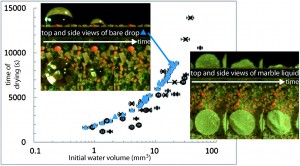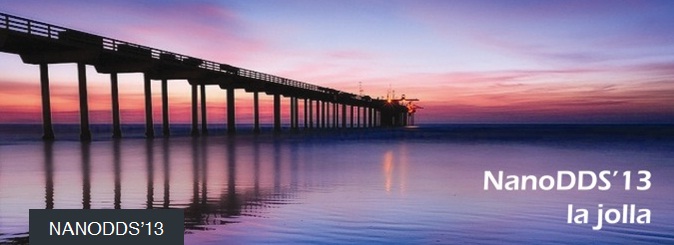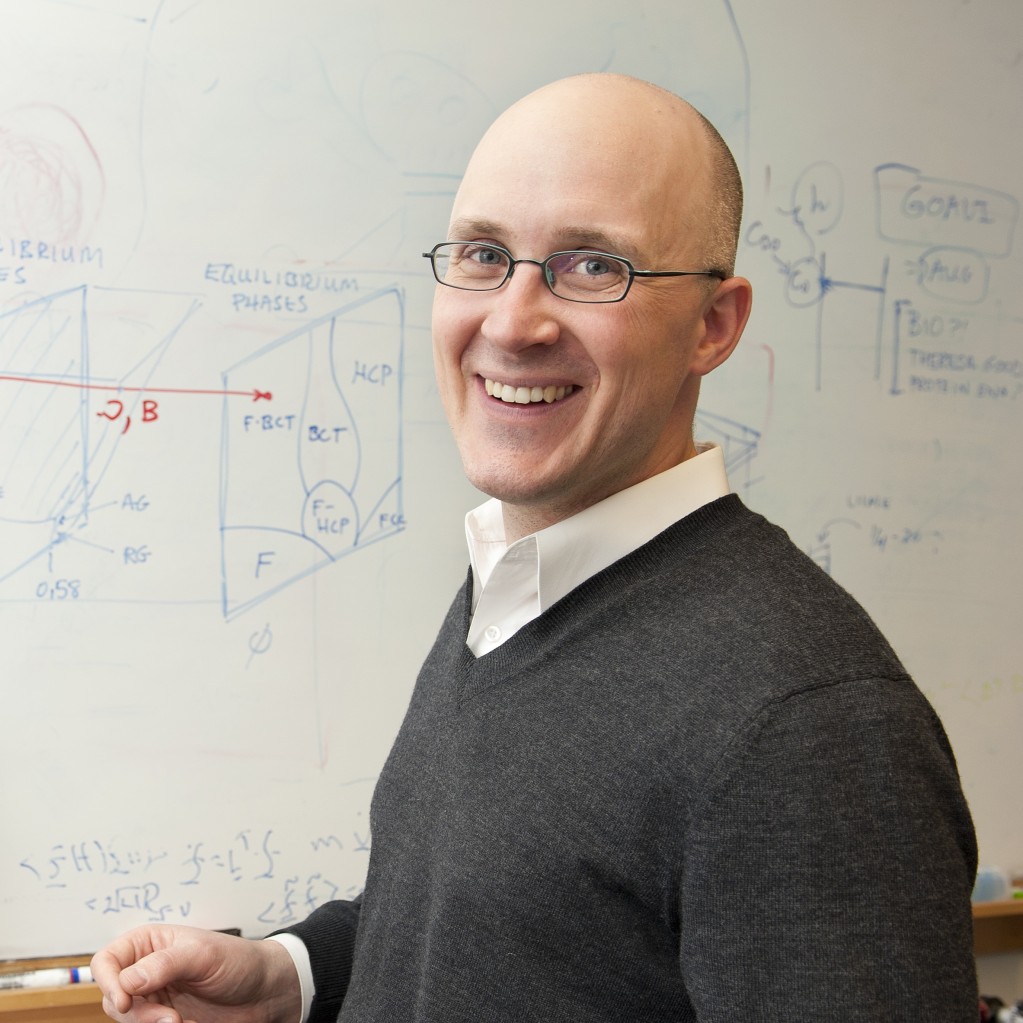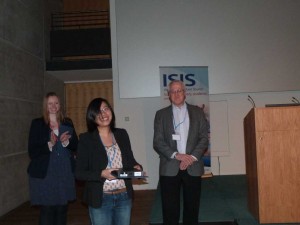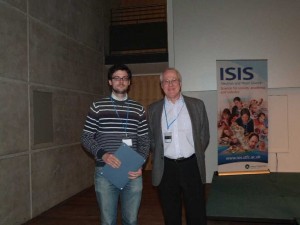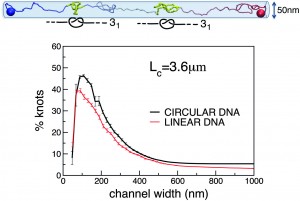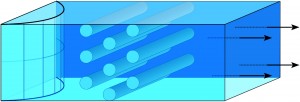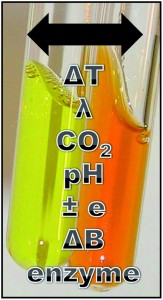This month sees the following articles in Soft Matter that are in the top ten most accessed for March:
Solvent-assisted poly(vinyl alcohol) gelated crystalline colloidal array photonic crystals
Cheng Chen, Yihua Zhu, Hua Bao, Peng Zhao, Hongliang Jiang, Liming Peng, Xiaoling Yang and Chunzhong Lia
Soft Matter, 2011,7, 915-921
DOI: 10.1039/C0SM00923G
Extreme wettability and tunable adhesion: biomimicking beyond nature?
Xinjie Liu, Yongmin Liang, Feng Zhou and Weimin Liu
Soft Matter, 2012,8, 2070-2086
DOI: 10.1039/C1SM07003G
A review of fundamental properties and applications of polymer–graphene hybrid materials
Alison Y. W. Sham and Shannon M. Notley
Soft Matter, 2013, Advance Article
DOI: 10.1039/C3SM00092C
Modified gellan gum hydrogels for tissue engineering applications
Cameron J. Ferris, Kerry J. Gilmore, Gordon G. Wallace and Marc in het Panhuis
Soft Matter, 2013,9, 3705-3711
DOI: 10.1039/C3SM27389J
Bacteria–surface interactions
Hannah H. Tuson and Douglas B. Weibel
Soft Matter, 2013,9, 4368-4380
DOI: 10.1039/C3SM27705D
Stimuli-responsive hydrogels cross-linked by magnetic nanoparticles
Patrick Ilg
Soft Matter, 2013,9, 3465-3468
DOI: 10.1039/C3SM27809C
Emergent colloidal dynamics in electromagnetic fields
Jure Dobnikar, Alexey Snezhko and Anand Yethiraj
Soft Matter, 2013,9, 3693-3704
DOI: 10.1039/C3SM27363F
Complexes of oppositely charged polyelectrolytes and surfactants – recent developments in the field of biologically derived polyelectrolytes
Leonardo Chiappisi, Ingo Hoffmanna and Michael Gradzielski
Soft Matter, 2013,9, 3896-3909
DOI: 10.1039/C3SM27698H
Tunable and dynamic soft materials for three-dimensional cell culture
Matthew S. Rehmann and April M. Kloxin
Soft Matter, 2013, Advance Article
DOI: 10.1039/C3SM50217A
Single amino acid based thixotropic hydrogel formation and pH-dependent morphological change of gel nanofibers
Jayanta Nanda, Abhijit Biswas and Arindam Banerjee
Soft Matter, 2013,9, 4198-4208
DOI: 10.1039/C3SM27050E
Why not take a look at the articles today and blog your thoughts and comments below.
Fancy submitting an article to Soft Matter? Then why not submit to us today!
To keep up-to-date with all the latest research, sign up for the Soft Matter e-Alert or RSS feeds or follow Soft Matter on Twitter or Facebook











